

Write what you are looking for and press enter to begin your search!

Live News
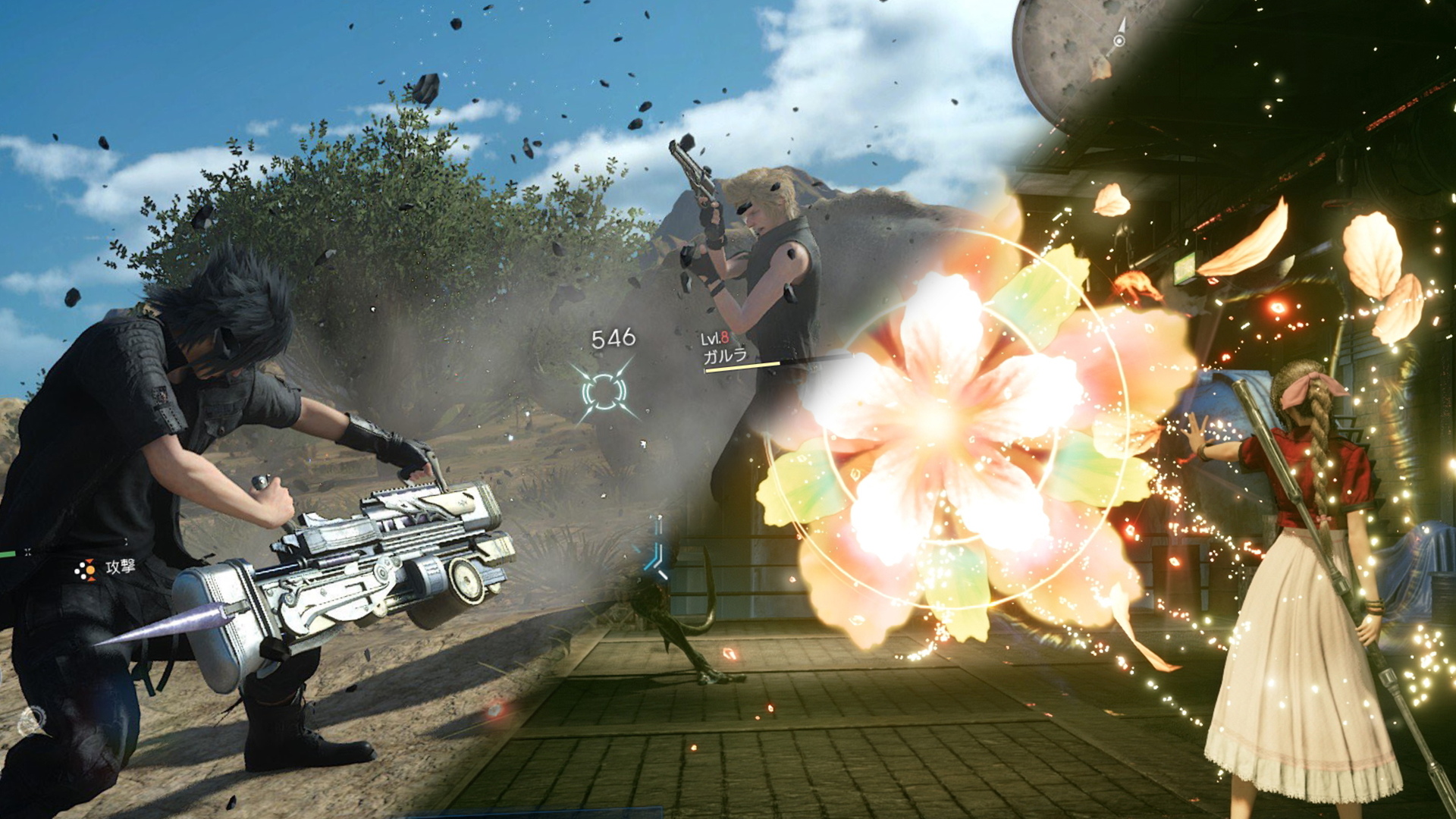

How Three Decades of Final Fantasy Shaped VII Remake’s Combat [Part 2]
This is the second part of a two-parter Final Fantasy feature to cap off Moogle March. Read the first part here.Â
Previously, we’ve touched on the NES, SNES, and PlayStation One generation of Final Fantasy’s battle systems. Now let’s touch upon the 2001 era and beyond!
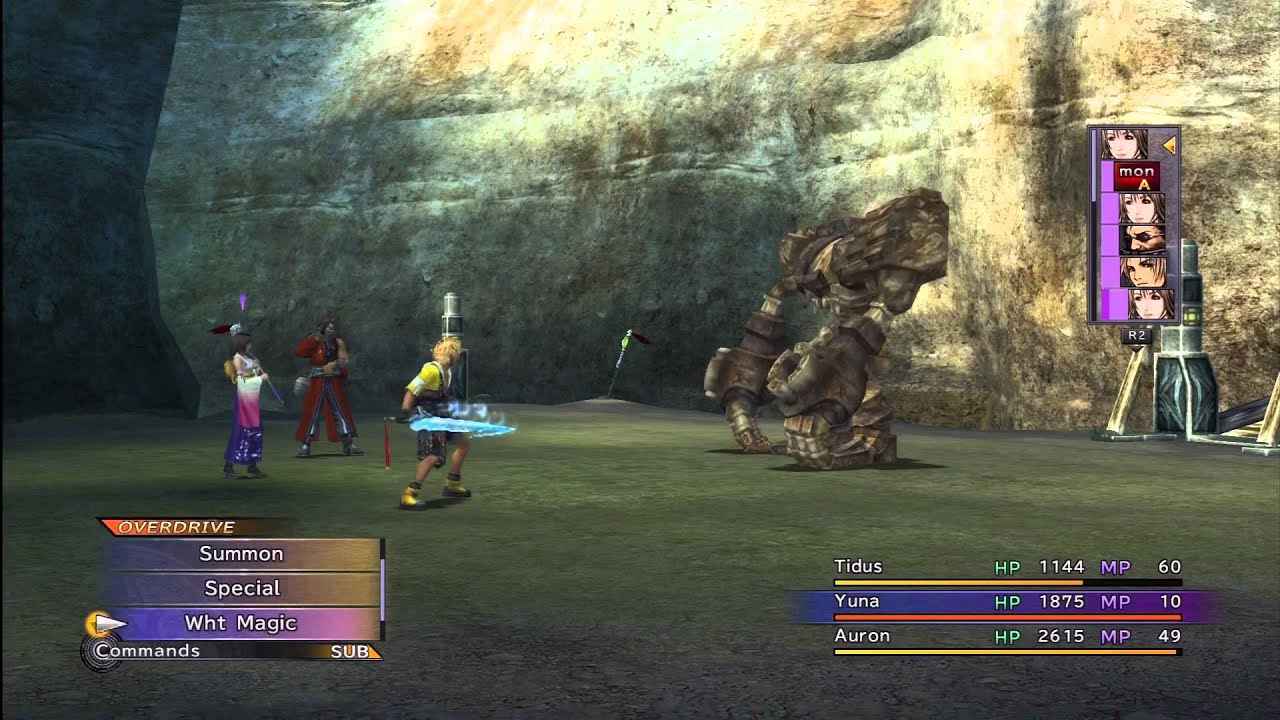
Not backing down from lofty goals, Final Fantasy’s debut on the PlayStation 2 would truly start the trend for the series as one of constant reinvention. With Final Fantasy X (2001), a new battle format was conceived by Toshiro Tsuchida in place of the tried-and-true ATB system. Dubbed as the Conditional Turn-Based Battle (CTB) system, it was a return to the turn-based formula, though somewhat different from its more traditional counterpart.
Turns in FFX were decided based on stats, determining which of allies or enemies could act first. Additionally, specific moves possessed either more or less delay, which affected how far back a character would be sent before they could act again. For instance, trivial actions such as using items had small enough delay that characters could sometimes act twice in a row, while powerful spells such as Ultima would set a character many turns back, making them a sitting duck.
If ATB rewarded being flexible and nimble in decisions, the CTB system encouraged thoughtfulness and properly considering risk vs reward.
Another unique addition was the ability to actively switch out allies. Without expending a turn, players could swap out a sword-based character such as Tidus mid-battle with, say, Lulu to take advantage of her expertise in black magic. This opened a slew of strategic opportunities and encouraged players to familiarize themselves with all of the cast and their abilities.
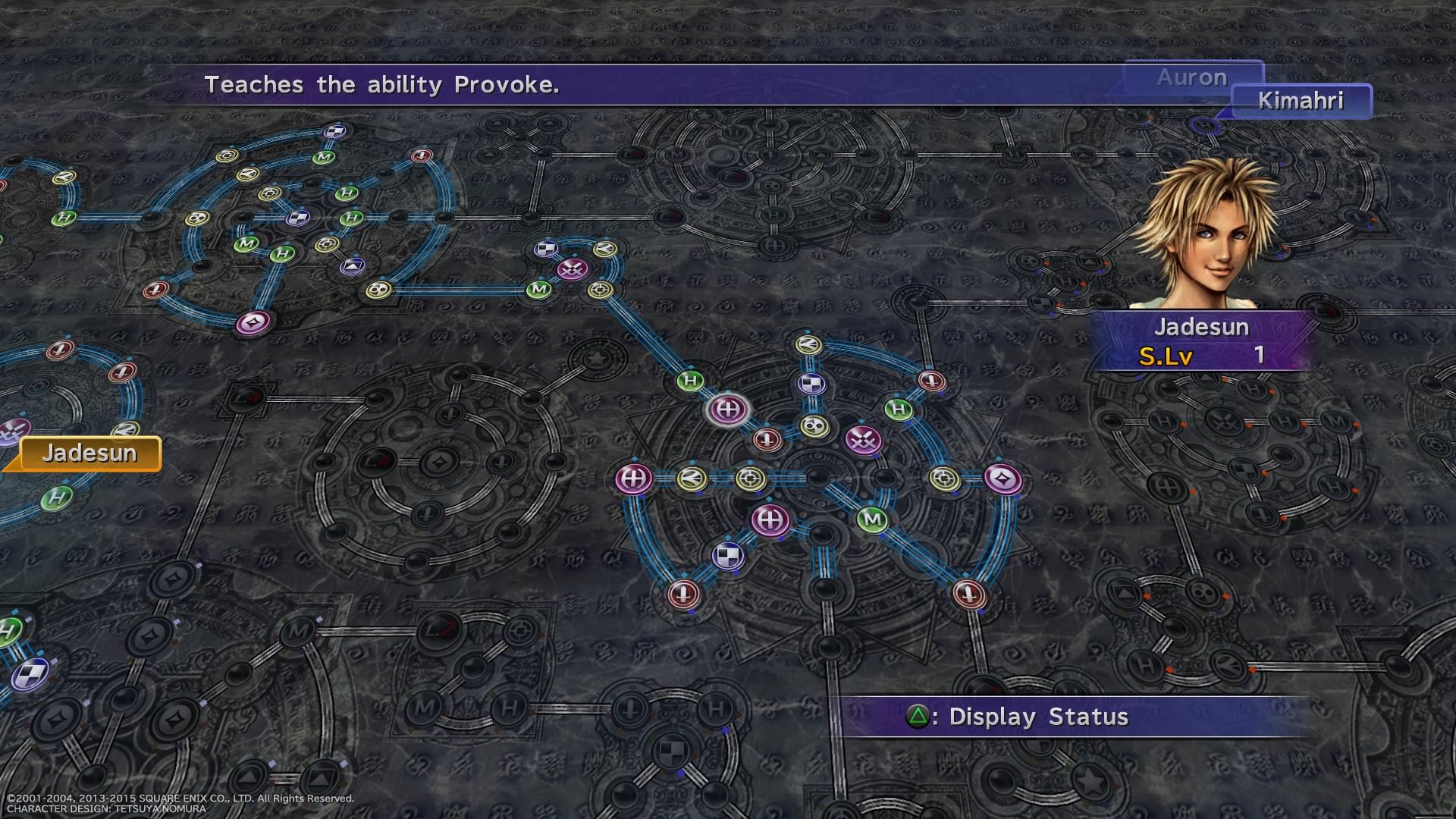
FFVIII’s original idea of shifting character progression away from leveling up came full circle with FFX. The Sphere Grid was a complex skill tree consisting of nodes that characters slowly unlocked, filled with stat boosts and abilities. Depending on how players preferred to raise their characters, they could focus on paths that championed specific playstyles. Leveling the Sphere Grid was done by using AP obtained through battles, as well as Spheres.
There were many different types of Spheres capable of customizing characters’ stats or unlocking specific nodes. In essence, players needed a healthy supply of both AP and Spheres to strengthen their characters, but since this could be done by grinding battles the old-fashioned way, the format was nowhere as controversial as FFVIII’s systems.
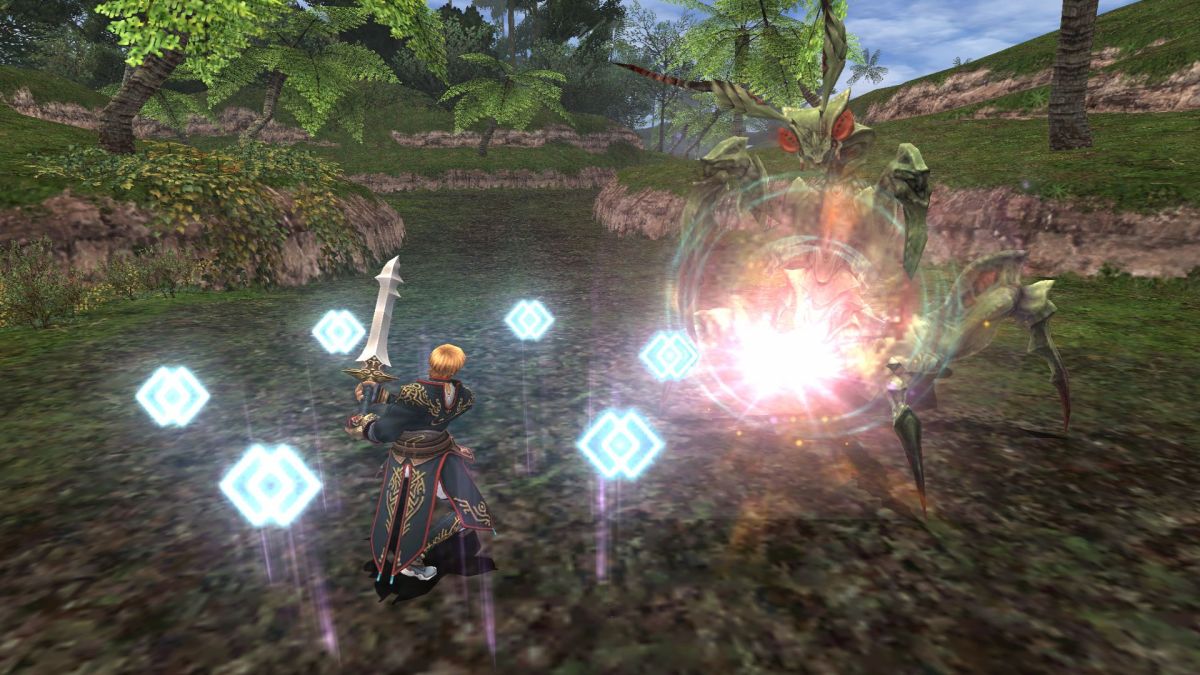
Medieval fantasy and job switching made its return once more, though not in the way many fans expected. Final Fantasy XI (2003) became the first Final Fantasy to be developed as an MMORPG. Unlike previous games which were singleplayer experiences, multiplayer was at the forefront of experience in this title. Players could enjoy many aspects of Final Fantasy, like exploring dungeons and battling epic bosses, but they were expected to do so with a friend.
An important thing to note about FFXI was its shift away from random encounters. Since players inhabited a world and were meant to work together to fight monsters, it was important that Square Enix create a world where sharing experiences with friends was seamless.
The Real Time Battle (RTB) system designed by Akihiko Matsui was made such that enemies now freely roamed the land, which was a first for Final Fantasy. As such, players could choose whether to confront these monsters or evade them while exploring. In previous Final Fantasy games, battles took place in a separate battle area. However, FFXI’s battles were seamless, occurring on the same landscape that players explored.
To match this, battles also occurred in real time. While characters and enemies attacked each other automatically, players could also input commands via a menu, similar to classic Final Fantasy games. Many of these abilities had inherent cooldowns, which was reminiscent of the ATB system in some sense, but ultimately different due to having to keep track of multiple timers rather than just one.
The game also introduced a threat mechanic, which determined how enemies would target players in a battle. This worked similar to many other MMOs, in which certain abilities, as well as relative strength, helped divert enemy attention towards a specific person.
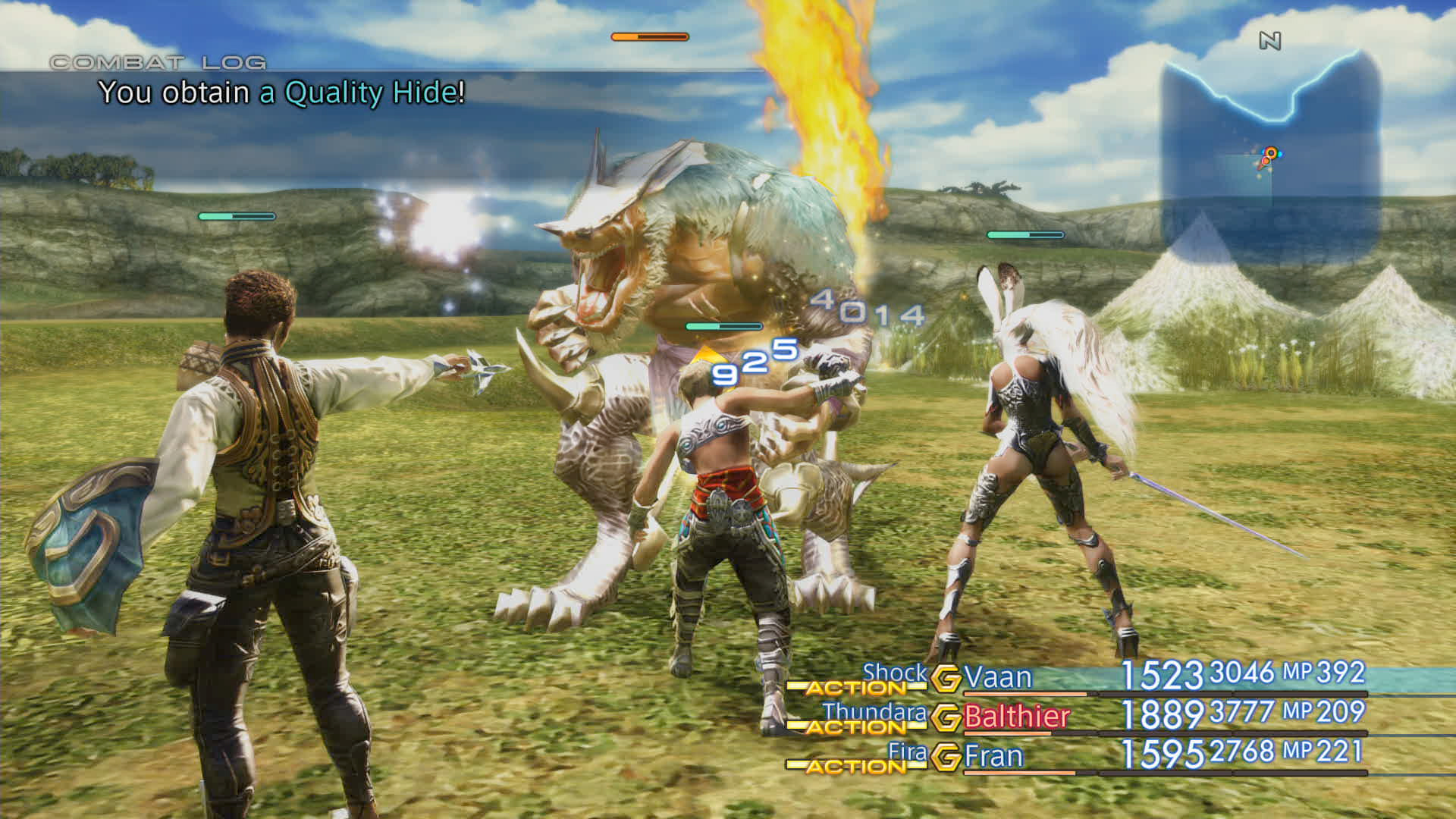
It wasn’t long after that the series returned to singleplayer with Final Fantasy XII (2006). Taking some aspects from FFXI, it was a game that also featured seamless transitioning between battle and exploration. With the Active Dimension Battle (ADB) system, designed by Hiroyuki Ito, FFXII became something of a single-player MMORPG. Similar to Final Fantasy XI and other games in the MMO genre, players explored a world already filled with roaming creatures, some of which were too powerful for them to battle at the time.
In battle, players could execute commands through a menu. Standard stuff, and a legitimate way of playing the game all things considered. However, to help ease the need to micromanage a battle lineup of three characters in a real-time environment, the game also introduced the unique Gambit system.
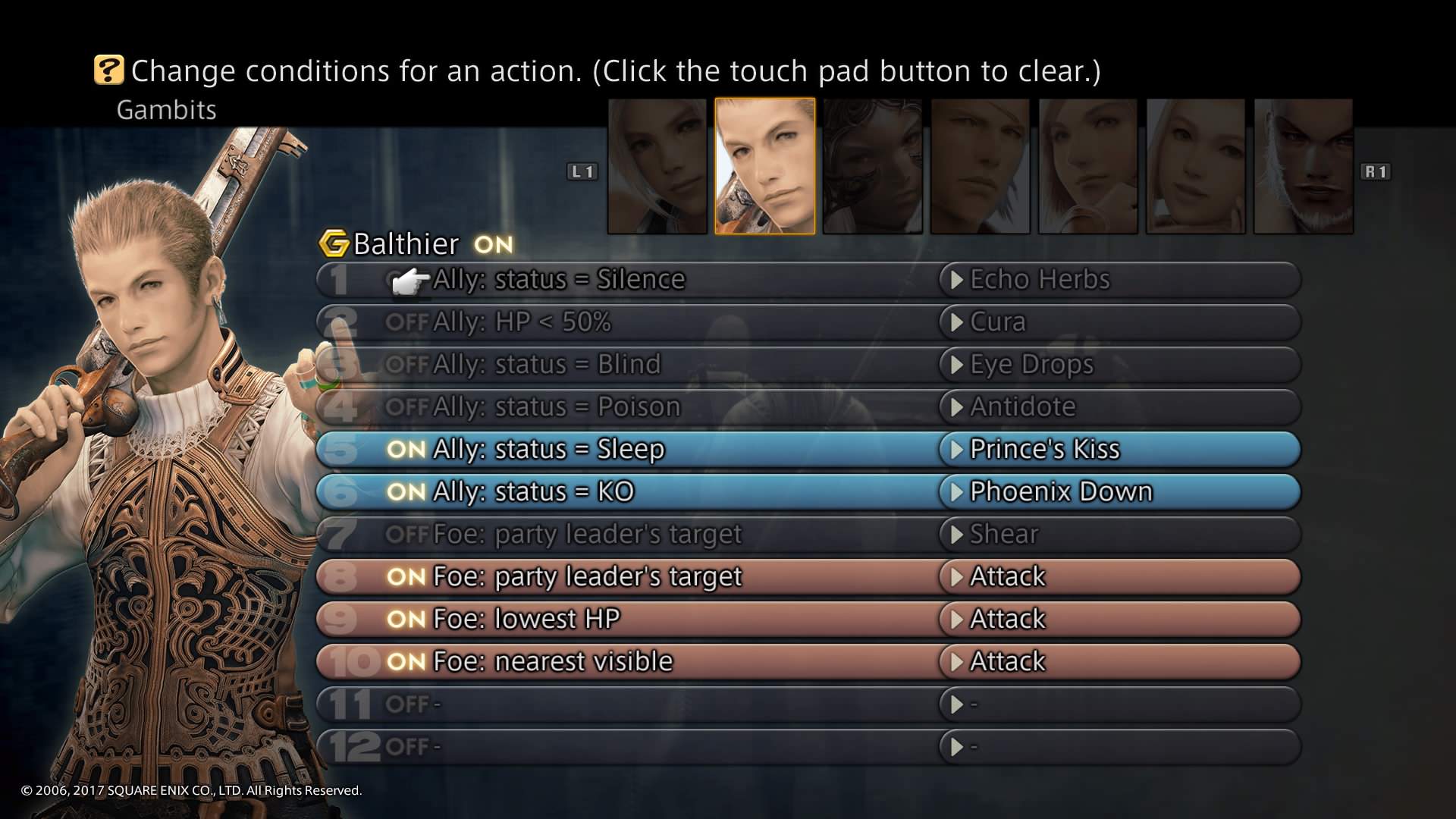
The Gambit system, in a nutshell, allowed players to program the AI of party members so they could fight and use abilities automatically. Players could collect Gambits throughout the world, which were essentially conditions that could be set to characters. An example of a Gambit would be to use Cure on a party member with health below 70%.
There were offensive and defensive Gambits alike, with a large number of open slots for players to set them to as characters levelled up.
With this in mind, the beauty of FFXII’s combat came from being able to customize your Gambits in such a way that battles happened without you having to lift a finger.

By Alleef Ashaari|December 12, 2018
Doctor Strange director Scott Derrickson is officially returning to helm the sequel. According to the Hollywood Reporter, Marvel Studios is currently ...
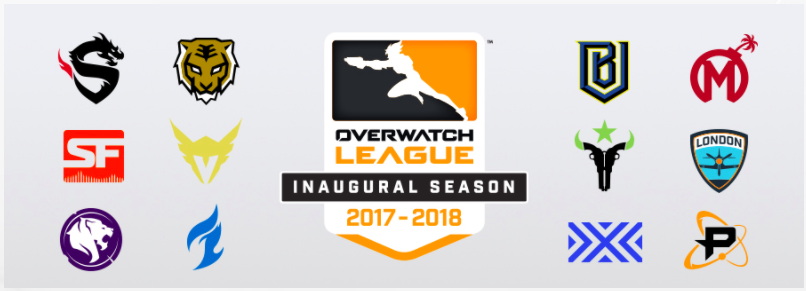
By Kenn Leandre|January 22, 2018
Starting this week, we will be picking our eight best performers in the Overwatch League to make up our Team of the Week. The criteria of selection in...

By Team KKP|September 28, 2018
This feature is still in development Xbox's flagship racing title is now out, and we enjoyed the heck out of it even if it's a tad similar to the pre...

By Mr Toffee|November 20, 2024

By Team KKP|October 29, 2024

By Kenn Leandre|October 25, 2024

By Mr Toffee|October 24, 2024

By Team KKP|October 21, 2024

By Lewis "lickety" Larcombe|September 18, 2024

By Alisha Alix|August 20, 2024

By Alleef Ashaari|July 17, 2024

By Team KKP|July 1, 2023

By Alleef Ashaari|August 2, 2021
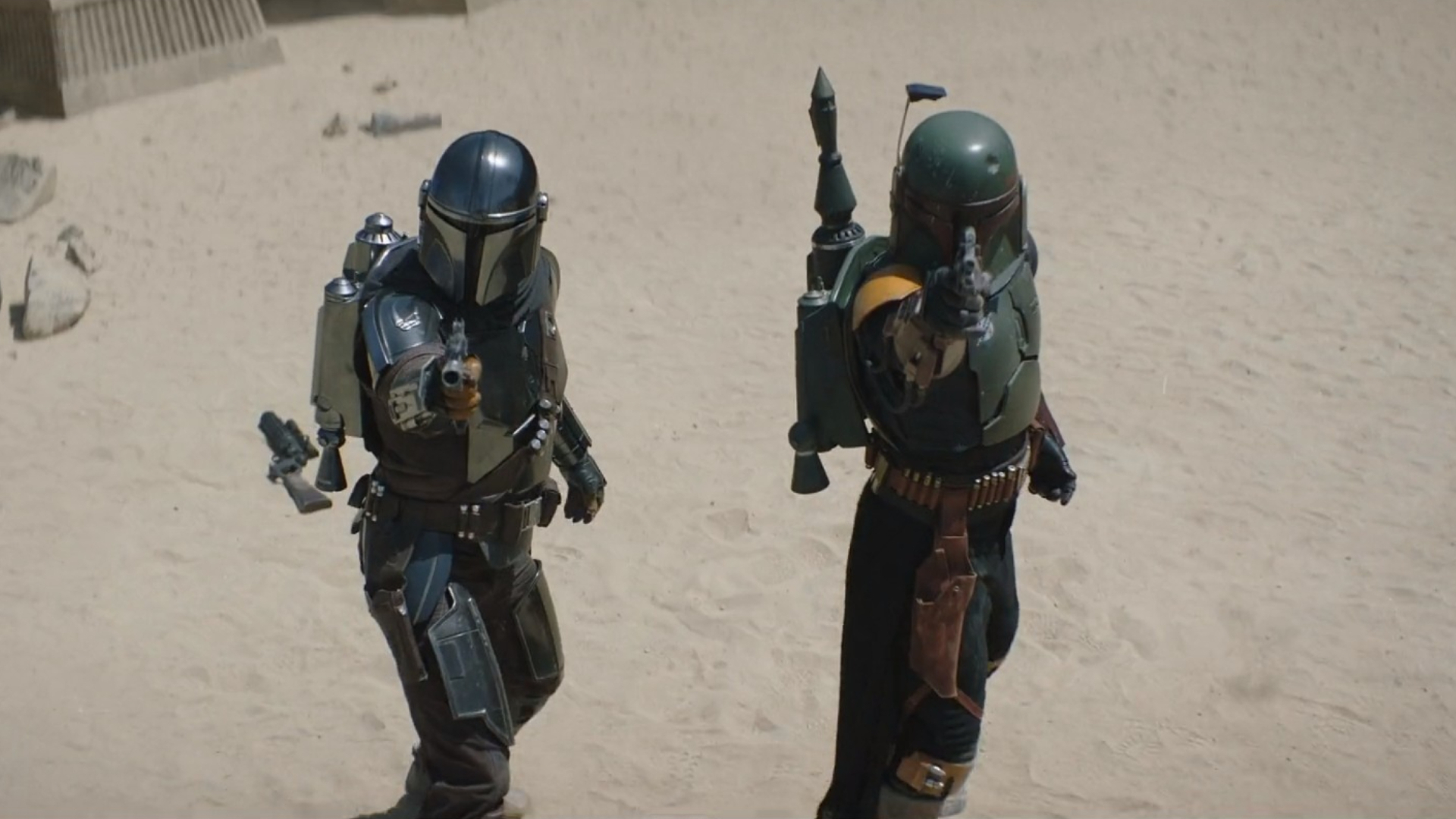
By Alleef Ashaari|February 9, 2022

By Mr Toffee|November 20, 2024

By Team KKP|October 29, 2024

By Kenn Leandre|October 25, 2024

By Mr Toffee|October 24, 2024

By Team KKP|October 21, 2024

By Lewis "lickety" Larcombe|September 18, 2024

By Alisha Alix|August 20, 2024

By Alleef Ashaari|July 17, 2024

By Team KKP|July 1, 2023

By Mr Toffee|November 23, 2024

By Mr Toffee|November 20, 2024

By Team KKP|October 29, 2024

By Kenn Leandre|October 25, 2024

By Mr Toffee|October 24, 2024

By Team KKP|October 21, 2024

By Lewis "lickety" Larcombe|September 18, 2024

By Alisha Alix|August 20, 2024

By Alleef Ashaari|July 17, 2024

By Team KKP|July 1, 2023
Copyright @ Kakuchopurei 2024